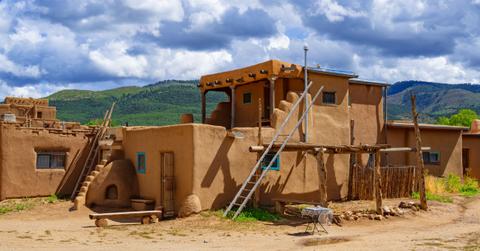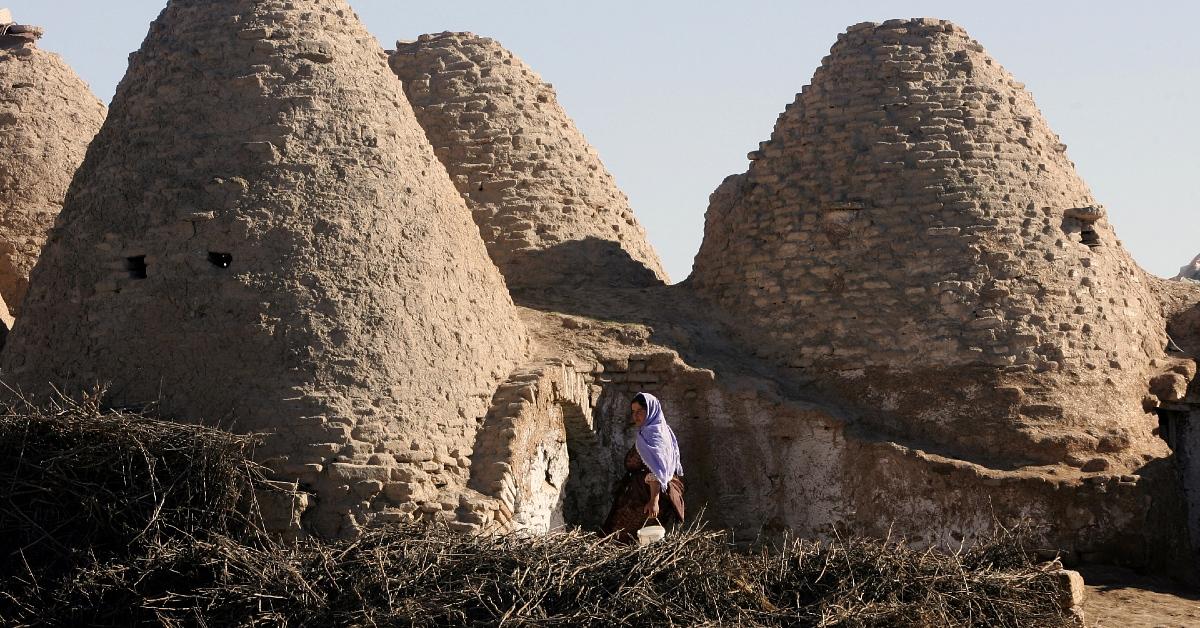From unfired-clay inside condominium partitions in Sweden to zero-waste, 3D-printed raw earth residence prototypes in Italy, Europe is prioritizing raw earth improvement.

Must you had been to assemble a house, what provides would you make the most of? You actually imagined steel, picket, sturdy plastic, and concrete, the latter being the most typically used developing supplies all through the globe. These provides are reliable, understood, and mainstream, nonetheless what if a sustainable, accessible marvel beneath our ft might alternate, or on the very least complement, them?That’s the place raw earth improvement is offered in.
Article continues beneath business

Article continues beneath business
Adobe, rammed earth, compressed earth, clay plaster, and cob are all examples of the long-used developing medium. (Elements of the Good Wall of China attribute rammed earth, which is principally a mixture of sand, soil, and gravel compressed into “lateral sorts,” as per The Architectural Analysis).
As detailed by The Architect’s Newspaperraw earth — hailed a sustainable underdog hero in native climate crisis-era improvement — is hovering in Europe (notably Sweden and Italy), nonetheless the U.S. is falling behind.
Article continues beneath business
Raw earth is also a sustainable numerous to widely-used improvement methods.
The event of glowing new homes inside the U.S. produces better than 50 million tons of embodied carbon a yrin step with the Rocky Mountain Institute. Plus, cement manufacturing accounts for between six and eight % of annual world carbon manufacturing, as per The Architectural Analysis.
Article continues beneath business
Considering raw earth improvement requires no industrial processing or fossil fuels, incorporates minimal transportation, does not produce carbon dioxide, has temperature-regulating properties, and, if used with out supplementary concrete, is recyclable, it’s a beacon of hope.
Pure clay is especially celebrated for its reuse top quality, as per the White Arkitekter architectural company. “Chances are you’ll primarily take clay from a house constructed inside the thirteenth century and use it as soon as extra,” the company acknowledged.
Plus, Italian provides supplier Matteo Brioni claims its pure clay ground decisions can take in toxins and bind odors, minimizing indoor air air air pollution.
Article continues beneath business
Prolonged-held stigmas and ignorance are halting utilizing raw earth improvement.
The Architectural Analysis blames the hyper-strict legal guidelines of within the current day along with “a pettifogging kinds encouraging standardized choices” and “a dominant techno-structure tending to curb numerous creativity in favor of the prescriptions of multinational industrial groups.” So primarily, capitalism.
Article continues beneath business
Stability poses a precedence, as many concern a developing product of mud bricks won’t be able to keep surprising events and pure disasters.
In line with Lola Ben-Alonassistant professor at Columbia GSAPP and director of its Pure Provides Lab and Establishing Tech curriculum, stigmas are partially in cost.
“It ties into how we perceive pure provides as low-tech and dirty,” she knowledgeable The Architectural Newspaper. “It really is one of the best ways you assemble with these provides that dictates sturdiness and effectivity.”
A 2020 paper revealed by the IOP Conference Assortment: Earth and Environmental Science acknowledged that rammed earth has “bioclimatic capabilities to take care of extreme weathers,” and that every rammed earth and adobe have been used for improvement in seismic areas.
Article continues beneath business
That acknowledged, the paper relayed that auto-constructed buildings product of raw earth provides are prone to earthquake shaking, as “heavy mass, power degradation by the use of time, and lack of structural integrity amongst parts” pose downsides.
After discovering out rammed earth samples, researchers concluded that “the lower the water content material materials, the higher the power.”
So, as we battle the native climate catastrophe, we should always preserve open-minded to varied developing methods.
“There must be a protection shift, nonetheless that comes solely after a practice shift,” Michele Barbato, professor of structural engineering and structural mechanics at UC Davis, knowledgeable The Architect’s Newspaper. “There must be coaching, and correct now, earthen improvement is principally not recognized.”



